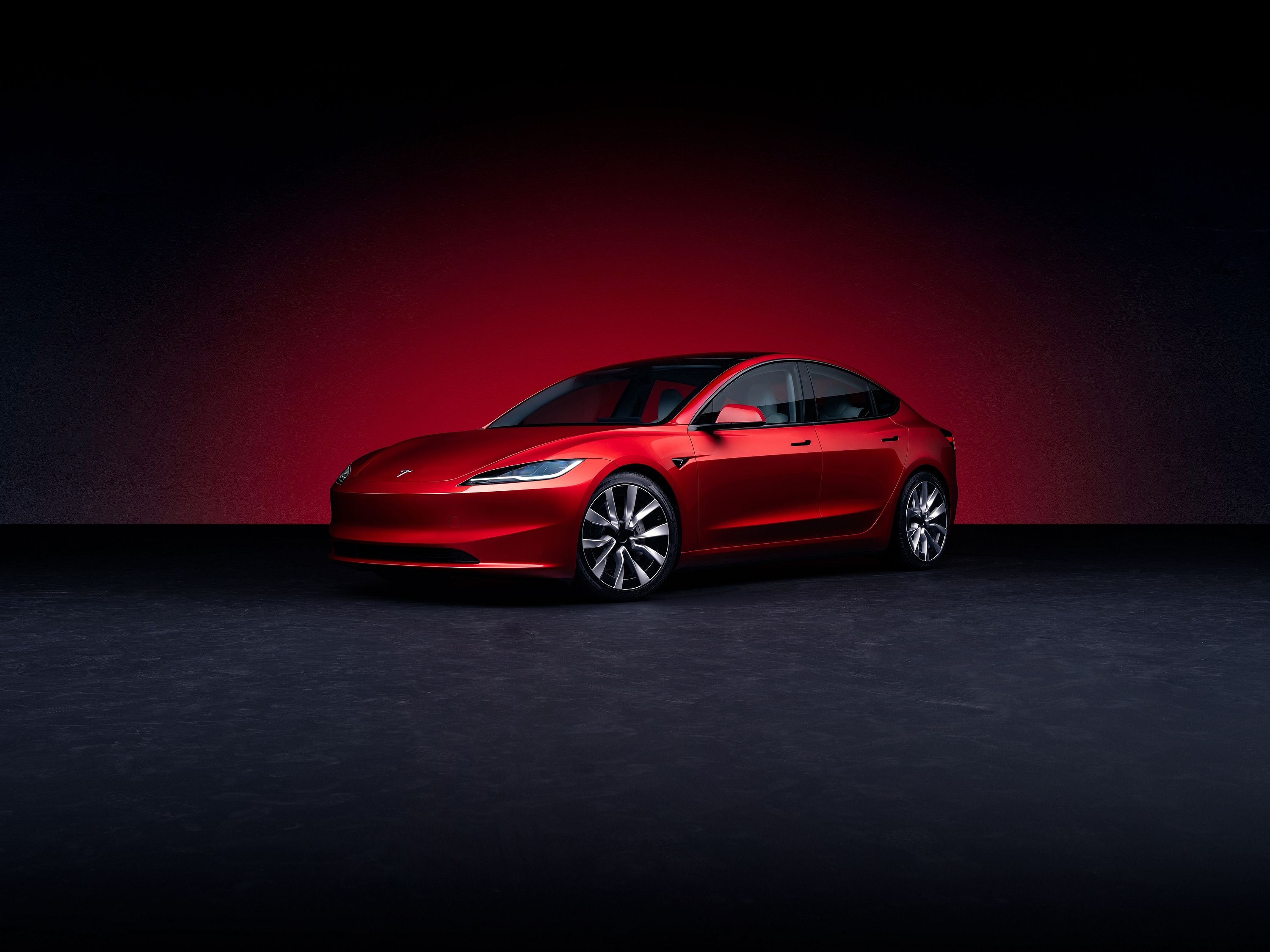
Tesla's Reno Gigiafactory will gain approval from Nevada to change classifications. The new classifications will allow Tesla to increase the amount of emissions it is allowed to release annually. Nevada's Division of Environmental Protection has decided that Tesla's application for the bump in emissions standards satisfied the requirements set by both Nevada and the federal government.
However, the Nevada Division of Environmental Protection (NDEP) notes that the change in class and the increase in emissions allowed does not mean the standards that Tesla has to follow are less strict. This fits if, for example, Tesla needs the bump in emissions to be able to produce more Tesla Model 3 sedans.
Reno Gazette Journal reached out to NDEP for elaboration on the permit, receiving the following response: "The proposed permit still requires Tesla, Inc. to maintain compliance with state and federal regulations and ambient air quality standards, and also requires the facility to conduct regular monitoring and reporting. While overall emissions at the facility are expected to increase, the permit sets emission limits to ensure that public health is protected."
Per NDEP, Tesla currently runs this particular Gigafactory under a Class II air quality permit. That designation fits facilities like the Gigafactory that emit less than 100 tons of any single regulated pollutant annually. In addition, less than 25 tons of hazardous air pollutants can be produced yearly. That includes carcinogens and those that can cause serious environmental damage as well.
The step up to a Class I permit means the plant will now be able to emit more than 100 tons of regulated pollutants and more than 25 tons of hazardous air pollutants yearly.
Per NDEP, some of those materials can include carbon monoxide, sulfur dioxide, and other harmful organic compounds. NDEP went on to say in its statement that "air dispersion modeling shows all pollutants emitted from the facility will remain below established air quality thresholds and other limits for major air pollution sources established by the federal Clean Air Act."
Tesla has not stated what this is for as of this post's publishing. It is unclear if it is for increased production volume or varied production methods, though that seems most likely, especially with Tesla's new 4680 batteries in the mix.
